When Sterling Sturtevant Perfected Cartoon Design
Plus: retro Slovak TV, a rare anime classic and more.
Welcome! This week’s edition is full of surprises. We’ll start by looking at the art of Sterling Sturtevant, a major designer in mid-century cartoons. Stick around afterward for Slovak TV animation from the 1960s, a rare anime classic that just began streaming in English — and more.
If you’re new to the Animation Obsessive newsletter, you can subscribe for free and get more material like this delivered to your inbox every Sunday:
With that out of the way, we hope you’ll enjoy!
Sterling Sturtevant’s immaculate design
UPA was the cartoon studio to beat during the early and mid-1950s. Its humanist stories, creative animation and bold design were a winning combination at the box office — and among critics.
A lot of this success boiled down to one character: the nearsighted Mr. Magoo.
In his prime, Magoo was “one of the most popular short-subject stars in the country,” as Adam Abraham puts it in his authoritative When Magoo Flew: The Rise and Fall of Animation Studio UPA. The character starred in 53 of UPA’s theatrical shorts. A small, crotchety old man was somehow the chief rival to Bugs Bunny and Mickey Mouse. And his films were visually cutting-edge.
When we talk about the UPA style today, we usually mean projects like Rooty Toot Toot and Gerald McBoing-Boing. But some of UPA’s very best design is hidden away in Magoo shorts. That’s especially true of the films overseen by designer Sterling Sturtevant, who brought the series to its “stylish peak,” in Abraham’s words.
In his first films, Magoo was a lumpier, angrier-looking figure. It was Sturtevant who perfected him, crafting the sleeker look that took Magoo to the top. According to her family, she based the new version on her husband, winning a company contest to redesign the character.
Sturtevant, an artist whom Abraham describes as “shy and a perpetual chain smoker,” started at UPA in the early ‘50s. She’d already become a top member of the studio before the first Magoo short she designed, Magoo’s Masterpiece, was completed in June 1953. Abraham again:
Sterling Sturtevant was so valued by UPA that it rewarded her the way that for-profit companies reward workers: with cash. In March 1953, her salary was raised from $125 a week to $150. A few pictures later, UPA raised Sturtevant’s salary again, to the unusually high rate of $200 a week. Sam Clayberger, who had known Sturtevant since their days at Chouinard’s, remembered that everyone at UPA congratulated her.
Sturtevant brought her slick, polished vision to more than just Magoo himself. Her environment and character designs for When Magoo Flew (1954), particularly in the airport sequence, are stunningly crisp and clean. That film won Magoo his first Oscar — and UPA its second.
Or take Destination Magoo (1954), in which Magoo gets lost in an amusement park. The layouts for this film, credited to Sturtevant, are a sight to behold even without color. She bends space into odd, geometric shapes that seem to jut in every direction — but each area remains a clear stage that gives the characters room to act. In some shots, the effect is like watching Magoo walk through a cubist painting.
Another highlight of the Sturtevant-era Magoo films is the way that they depict women and girls. Each one has a conspicuously strong and adventurous design, pushed in ways that cartoons tended to reserve for male characters. Even by the standards of UPA, which was more comfortable with cartoony designs for women, Sturtevant’s films feel refreshing.
Take Gigi, a lanky femme fatale in a red dress, whose ultra-low knees contort her body into a near-permanent S-shape. Or Juliette, a tube of a person whose neck might be longer than her legs. In the bottom right corner of the image below, we see a woman whose hands reach almost to her ankles. Each design works — and each creates its own effect to convey character.
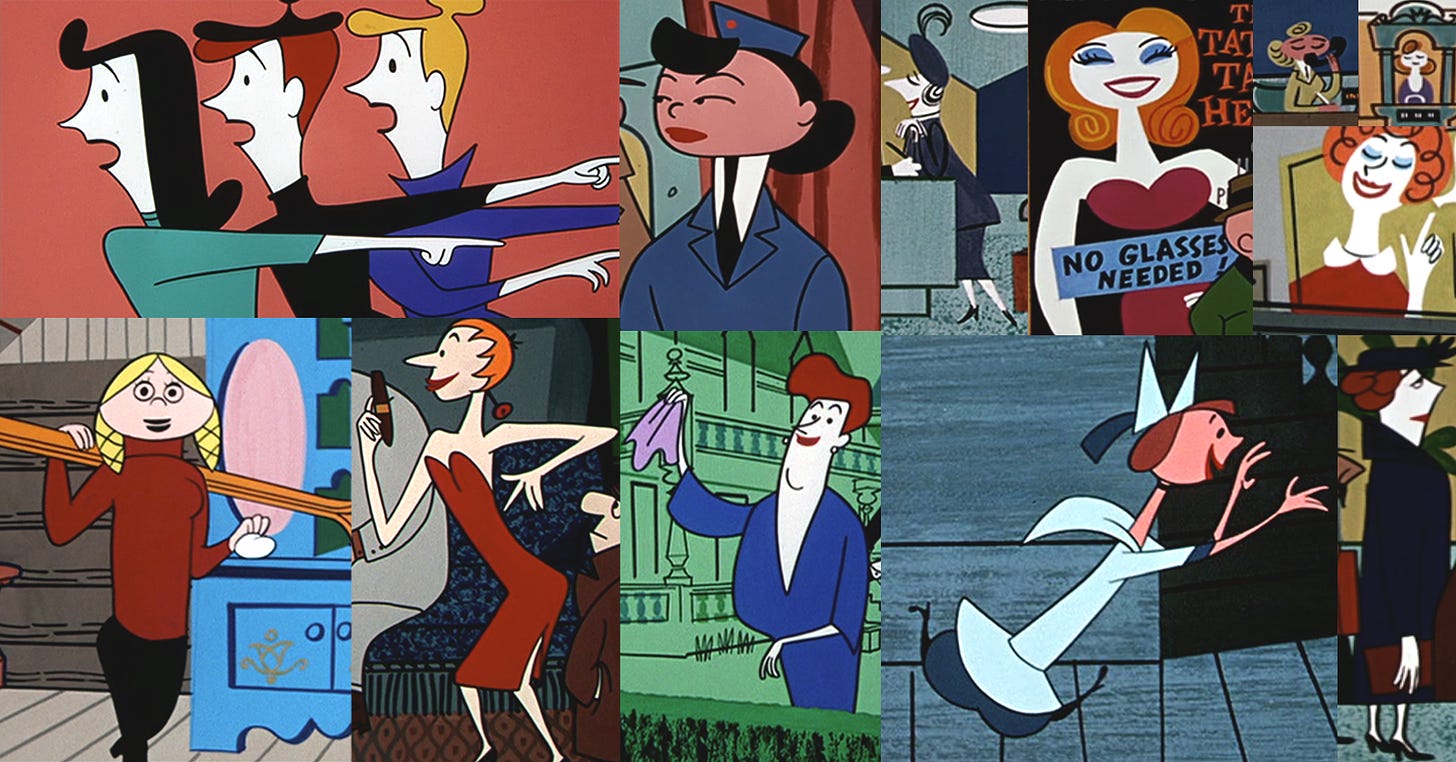
Sturtevant designed eight Magoo films, ending with 1955’s Magoo Express. Then she left UPA and art-directed animated commercials for Playhouse Pictures. Sturtevant rounded out the 1950s as “a well known and in-demand” artist and the “most prolific female character designer working in the industry,” according to one historian. Her career was cut tragically short in 1962, when she died of pancreatic cancer at the age of 39.
Sturtevant’s design sense was and is astounding. We’ve only scratched the surface — much has yet to be documented even by historians. Her daughter and granddaughter, who’ve gone on to be public figures in their own right, often take time to spread the word about Sturtevant’s career. If more people do the same, maybe we’ll reach a day when her name sits beside those of the other top designers in ‘50s animation.
Headlines of the week
An Afghan animator breaks ground
On Tuesday, The Guardian published a fascinating report about Sara Barackzay — “Afghanistan’s first professional female animation artist.” After studying abroad, she’s returned home to teach animation to women. Her story is both inspiring and harrowing. “I even receive threats because of what I do,” she told the paper.
Barackzay has taught hundreds already, but she dreams of starting her own dedicated animation school in Afghanistan. She also wants to work for Pixar or Disney in the future. If you’d like to keep up with Barackzay and her art, you can follow her on Instagram and Twitter.
Raya and the Last Dragon debuts
Disney released its much-anticipated Raya and the Last Dragon in theaters and on Disney+ this week. Despite glowing reviews, Raya’s box office has been mediocre — it’s lagging behind Tom and Jerry in the United States. But Raya’s revenue is likely much higher on Disney+, where it’s carrying a $30 price tag until June 4.
Turmoil in Russian animation as Vverh closes
Moscow’s Vverh Animation Studio closed its doors this week, dealing a blow to Russian animation. The company had grabbed positive reviews and a top nomination at Annecy 2020 with Ginger’s Tale, which debuted this February. An ambitious 2D feature, Ginger’s Tale walks the line between Renaissance-era Disney and Soyuzmultfilm’s fairy tale work in the ‘60s and ‘70s.
Ginger’s Tale competed for viewers with Pixar’s Soul — and apparently bombed at the box office. It also struggled against The Last Warrior: Root of Evil, a Russian film bankrolled by Disney. We wish the best to those leaving Vverh.
Huge success and startling inequality in anime
Japan’s animation industry is bigger than ever. According to a report by The New York Times, the business “hit an estimated $24 billion” in 2019 — almost double its number from 2013. “Business is so good that nearly every animation studio in Japan is booked solid years in advance,” the Times reports.
And yet the same article asks why, in all this abundance, the workers aren’t being paid. Some work for $200 a month, and the average annual salary for cleanup and in-between artists is $12,000. That doesn’t count the field’s lower-paid freelancers. The article is an interesting behind-the-scenes look at inequality in Japanese animation, and we hope that it serves as a wakeup call.
What’s streaming
This week, we’re singling out projects by the quirky, one-of-a-kind director Toshio Hirata (1938–2014). His films pushed the envelope in animated art and storytelling, but they’ve always been scarce in English. Luckily, a few are streaming with subtitles right now on Crunchyroll. (Availability may vary outside the United States and Canada.)
Fair, then Partly Piggy (1988) — Crunchyroll (Free)
About a boy with a knack for reshaping the world in supernatural ways, this is a funny, wildly creative and beautifully rendered ride. Crunchyroll bundled two separate films into this release — Fair, then Partly Piggy and Tomorrow is Pig Day and Pig Time. The two aren’t linked by an overarching story, but both are worthwhile. They made their English streaming debut just this week.
The Fantastic Adventures of Unico (1981) — Crunchyroll (Free)
This film, based on Osamu Tezuka’s Unico manga series, is arguably Hirata’s best-known work outside Japan. It’s the story of a small unicorn who brings happiness into a dark world. Like many Hirata projects, The Fantastic Adventures of Unico is filled with heart — and with inventive and unexpected visuals. Even if you’ve seen older localized versions of the film, this restored and retranslated release gives it new life.
From the vault — Puff and Muff
In response to last week’s newsletter, a reader named Daniela sent us a tip about a cartoon series that was totally new to us. It’s called Puff and Muff, or Puf a Muf in its original language, and you might find it as intriguing as we did.
Puff and Muff comes from animator Viktor Kubal, known as the father of Slovak animation. He oversaw Slovakia’s first animated film, Well of Love, in the early 1940s — and its first animated features Brigand Jurko and The Bloody Lady a few decades later. Puff and Muff is a small-screen project that aired on Slovak TV between 1969 and 1973.
This series follows two talking cats who can’t stay out of trouble. Although they’re animals, they’re clearly meant as stand-ins for the kids watching. They tear around the house, bicker, wrestle, try to freeze themselves, decorate Christmas trees with forks and toothbrushes — and escape to terrorize the outside world. It all whizzes by with rapid-fire dialogue and lots of clever sight gags.
The way Kubal uses limited animation in Puff and Muff is ingenious. It’s very different from either UPA or Zagreb. The drawings and design are purposely basic, and in-betweens are usually absent. But each key pose could stand on its own as a strong, funny doodle. Characters move in creative ways that might look awkward with more frames. It’s like a fun storyboard that normally wouldn’t translate on screen.
We’d like to thank Daniela for alerting us to this show and to Viktor Kubal’s work. You can find the full Puff and Muff series on YouTube, although we spotted just one episode with English subtitles online.
Until next week!



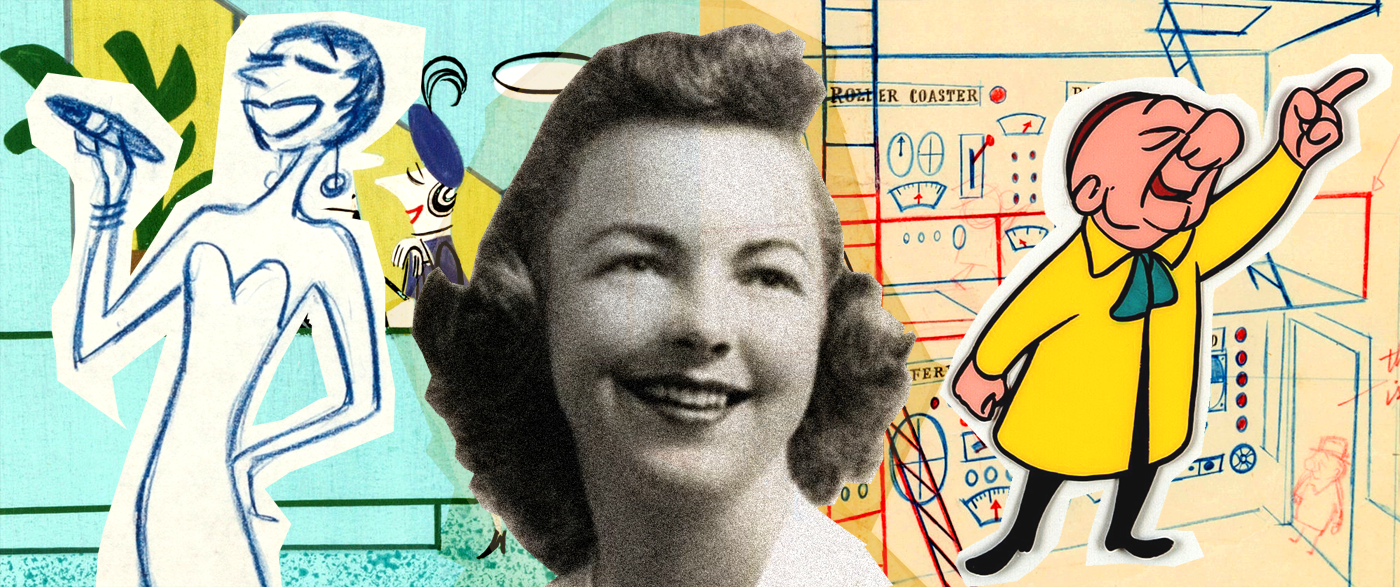
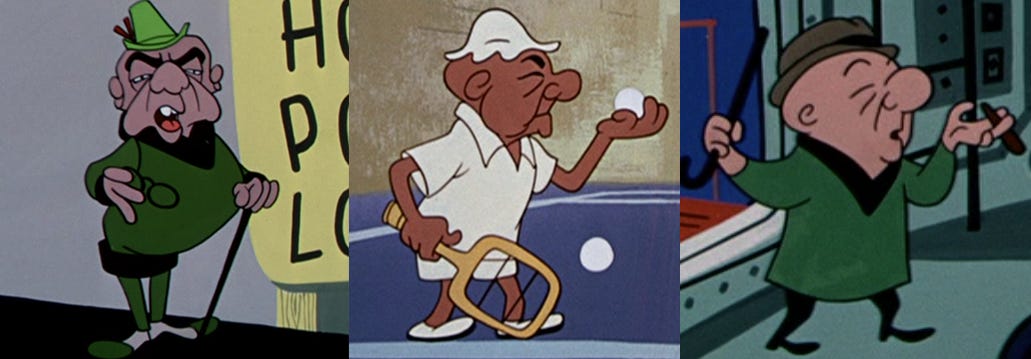

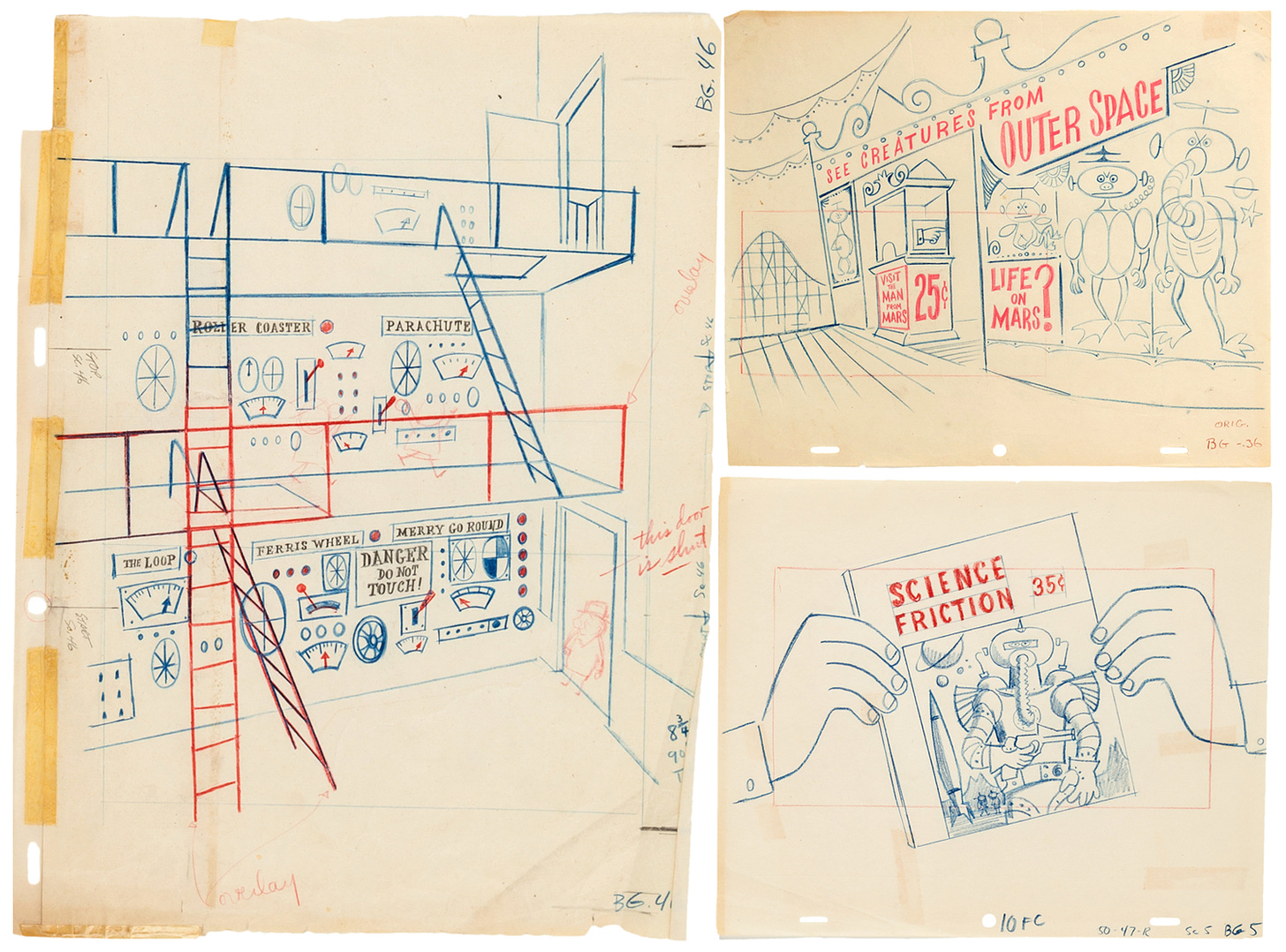
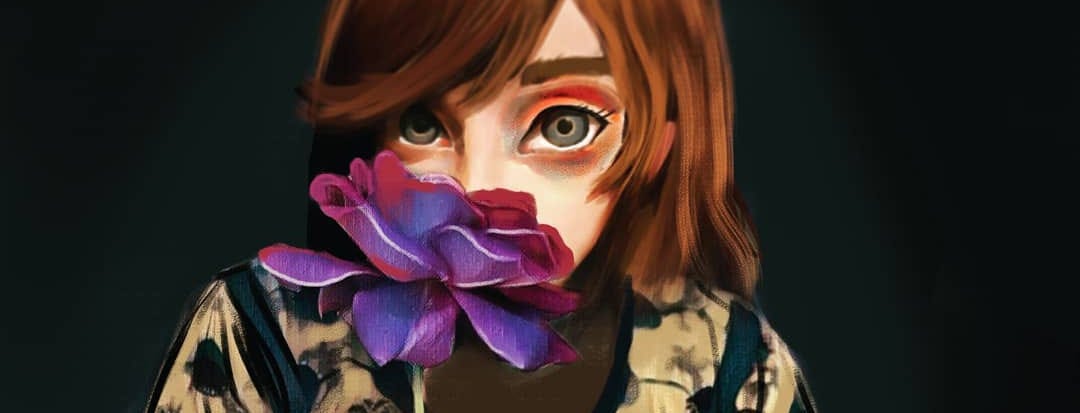
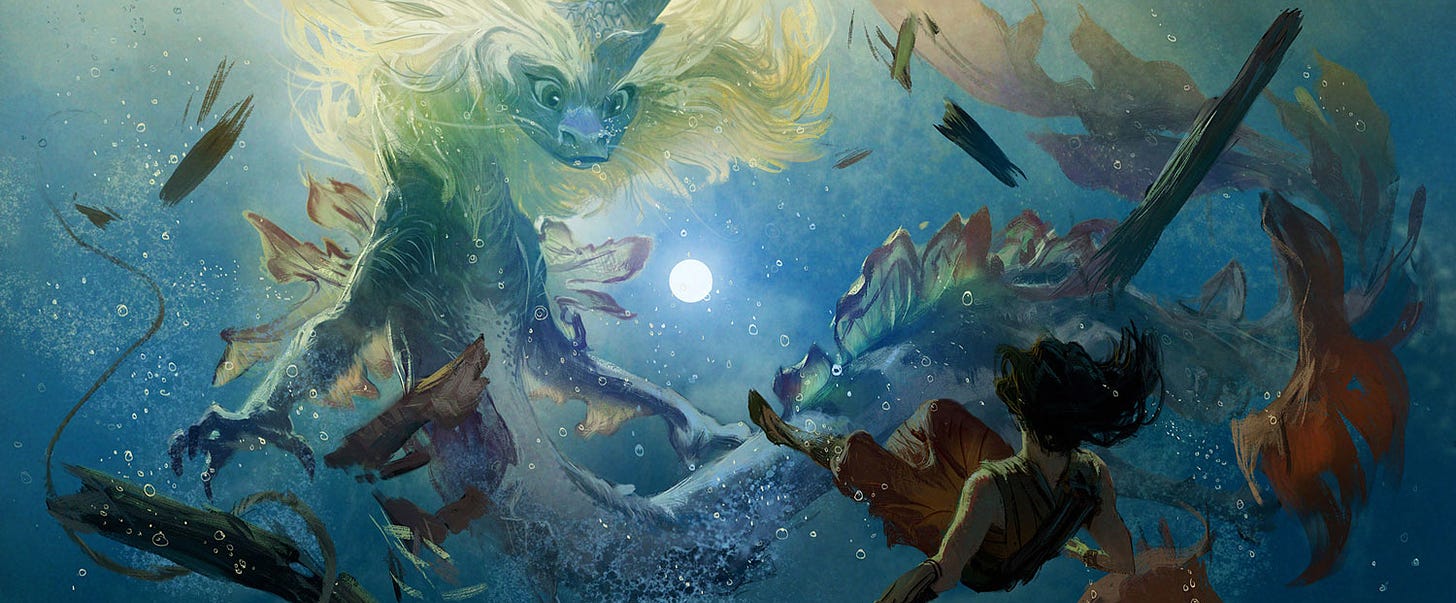
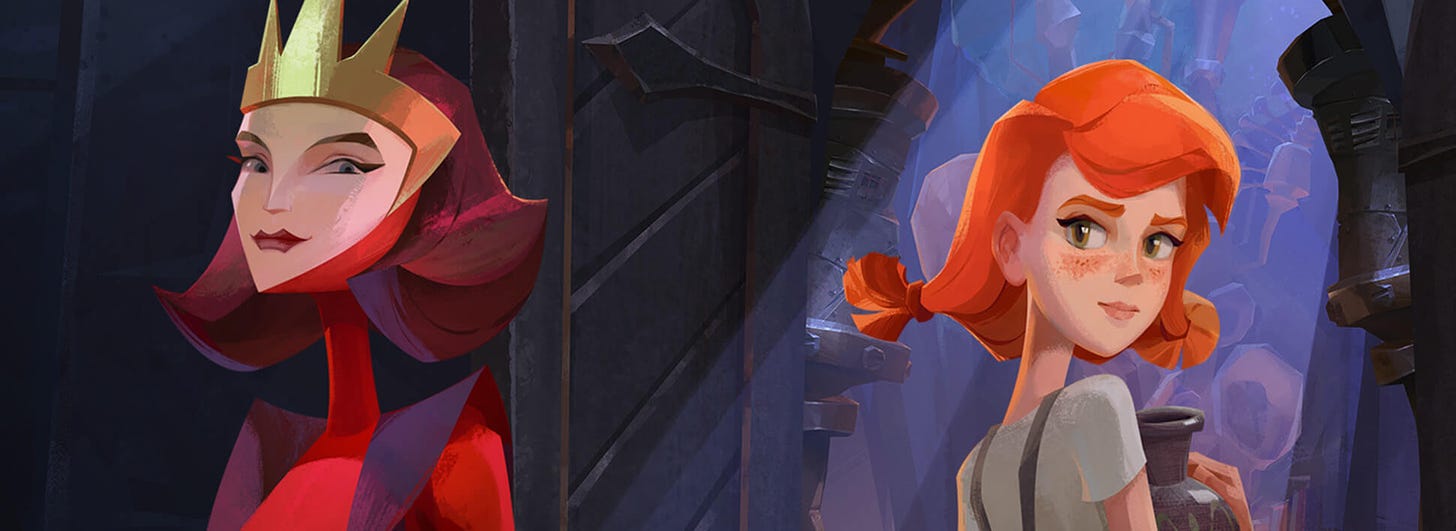



Great piece .An indian animated film Bombay Rose released this week .Would love to hear your thoughts on it .
Oh my gosh ! I am so glad you found Victor Kubal's work interesting, he has so many layers to his work and I appreciate you all sharing it ! Puf a Muf is a great entrance to his lighter stuff and if you want to watch him at his best I would definitely recommend "The Bloody Lady" as its what I personally consider to be one of his best works. Thanks again for sharing, you all nocked it out of the park ! -Daniela